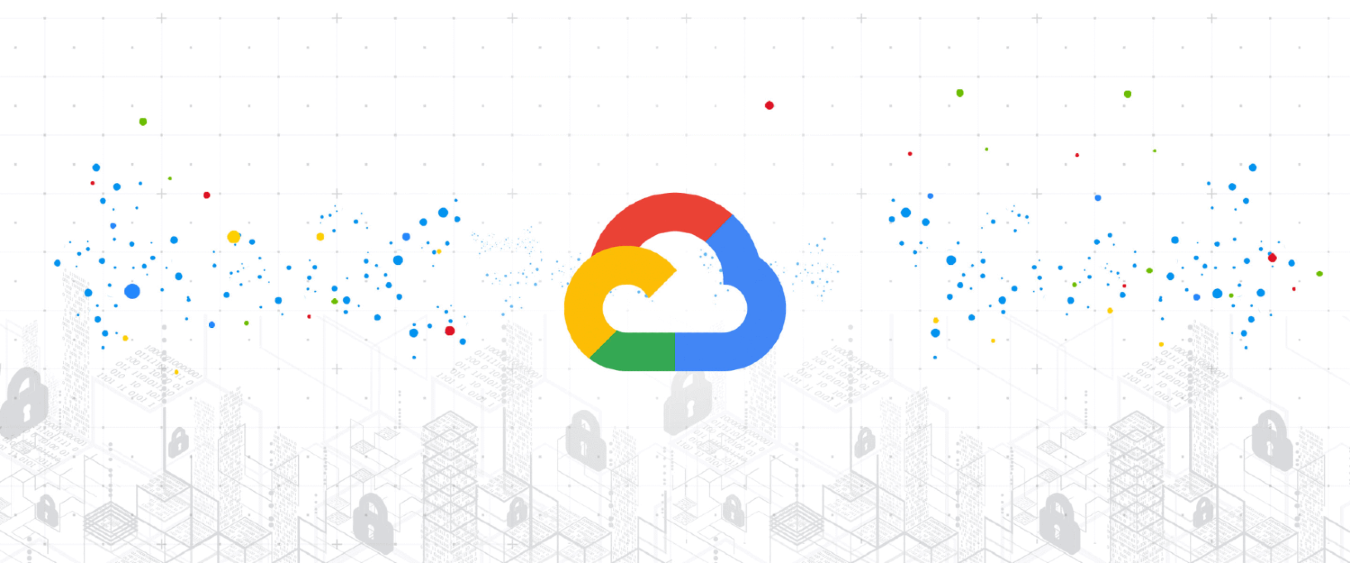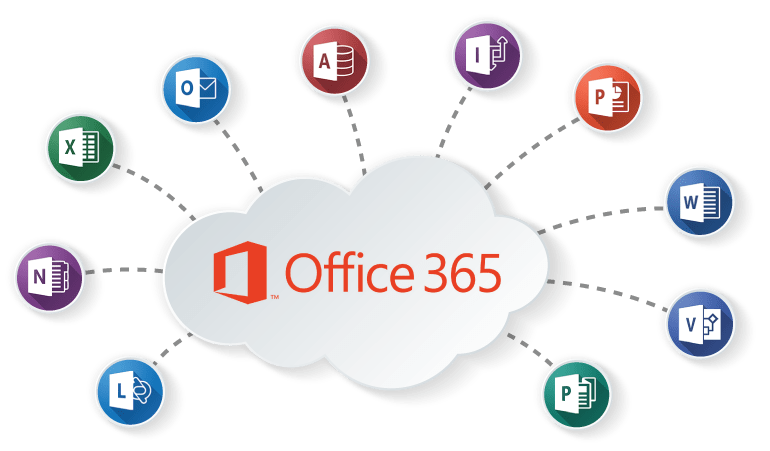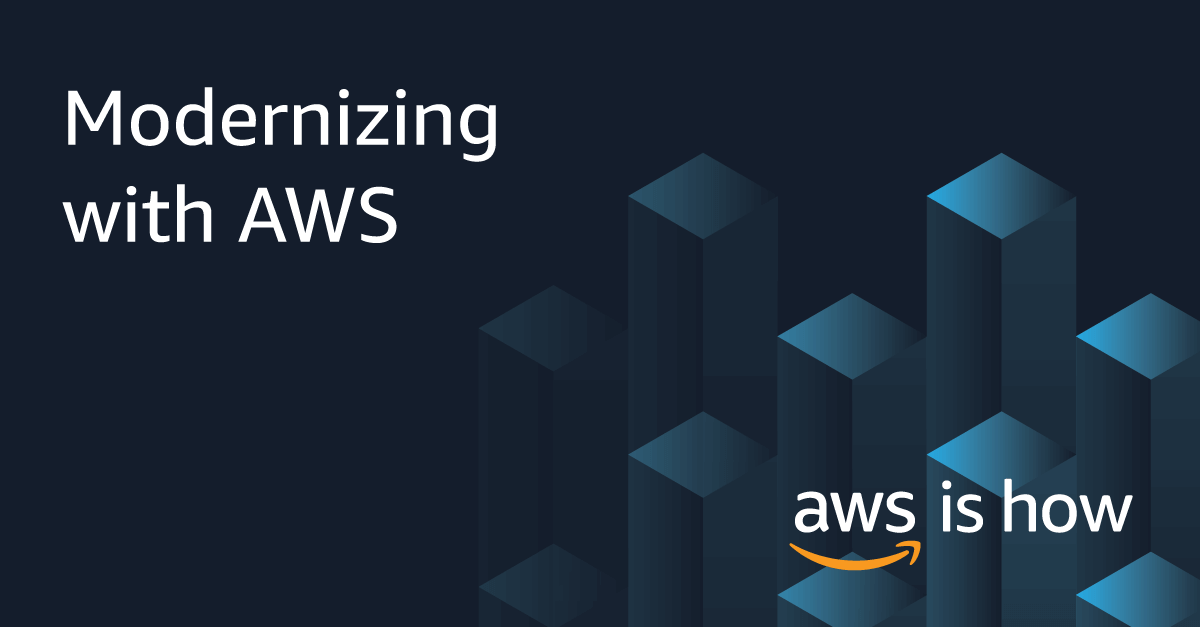When organizations embrace cloud as a core component of their IT operations, they have a number of options: a wholesale migration to the public cloud, incremental or large-scale hybrid deployments, private clouds, or even running services across multiple clouds.
The modern enterprise has more options than ever before in terms of where to host any individual workload, but also faces a rising level of complexity.
However, the majority are also faced with higher than planned cloud costs, and a need to optimize their existing cloud resources.
Improving cloud operations and migrations with Google Cloud and Service Now
Ultimately, this means IT teams will have better visibility into and management of workloads across their entire IT estate. As a result, they’ll be better positioned to leverage their existing governance and compliance models across cloud, hybrid, and on-premises deployments to optimize IT operations, reduce risk, and gain usage and cost reporting.
- 1. Enabling real-time visibility
- 2. Accelerating cloud migrations
- 3. Providing consistent governance across environments
- 4. Predict issues and automate resolutions with AIOps
Experts Always Ready to Maximizing Products
Enabling real-time visibility
Typically, large organizations have applications and data spanning multiple locations: private clouds running on premises, one or multiple public clouds, or hybrid environments. Managing these disparate workloads and data can be challenging—teams need to know where workloads are and how they’re connected to ensure they can be properly managed.
ServiceNow and Google Cloud are integrating Google Cloud Asset Inventory tools with ServiceNow IT Operations Management (ITOM) Visibility services. This will deliver real-time views of data and improved data quality in an organization’s configuration management database (CMDB) through automated updates and reduced operational overhead.
Accelerating cloud migrations
Once a baseline management framework is established, IT teams can turn their focus to evaluating and actually migrating workloads. For organizations with a complex IT landscape, this can be particularly challenging, as it can take a long time to identify which workloads to migrate, how applications should be migrated (lift-and-shift, refactored or retired), and in what order to move them. Google Cloud created the Rapid Assessment and Migration Program (RAMP) to help organizations simplify their on-premises to cloud transition by combining multiple sources of workload data and providing
Providing consistent governance across environments
When moving mission-critical workloads to the cloud, ensuring operational excellence is paramount. To support the highest levels of uptime, security, and control over data, we will expand our catalog of integration “spokes” available in ServiceNow’s IntegrationHub to include more Google Cloud and Google Workspace services.
These spokes will enable organizations to manage their Google Cloud assets from ServiceNow bringing the same level of operational rigor from an on-premises environment to a customer’s Google Cloud deployment. Customers will see improved governance and security around their cloud assets, aligned with existing IT workflows. This is particularly important as organizations create high-availability and disaster recovery environments for their critical applications.
Predict issues and automate resolutions with AIOps
IT organizations work tirelessly to minimize the impacts of service outages. ServiceNow AIOps leverages AI to sift through large sets of data to help organizations predict outages and automate resolutions. Through this partnership, ServiceNow AIOps can now consume and process IT event-data from Google Cloud Ops (formerly “Stackdriver events”) to identify trends and correlate data that may affect service levels. For example, ServiceNow ITOM Health can ingest Google Cloud event data, along with telemetry from logs, monitoring tools, and other data sources, to quickly identify root causes of issues and automate remediation of affected systems.





